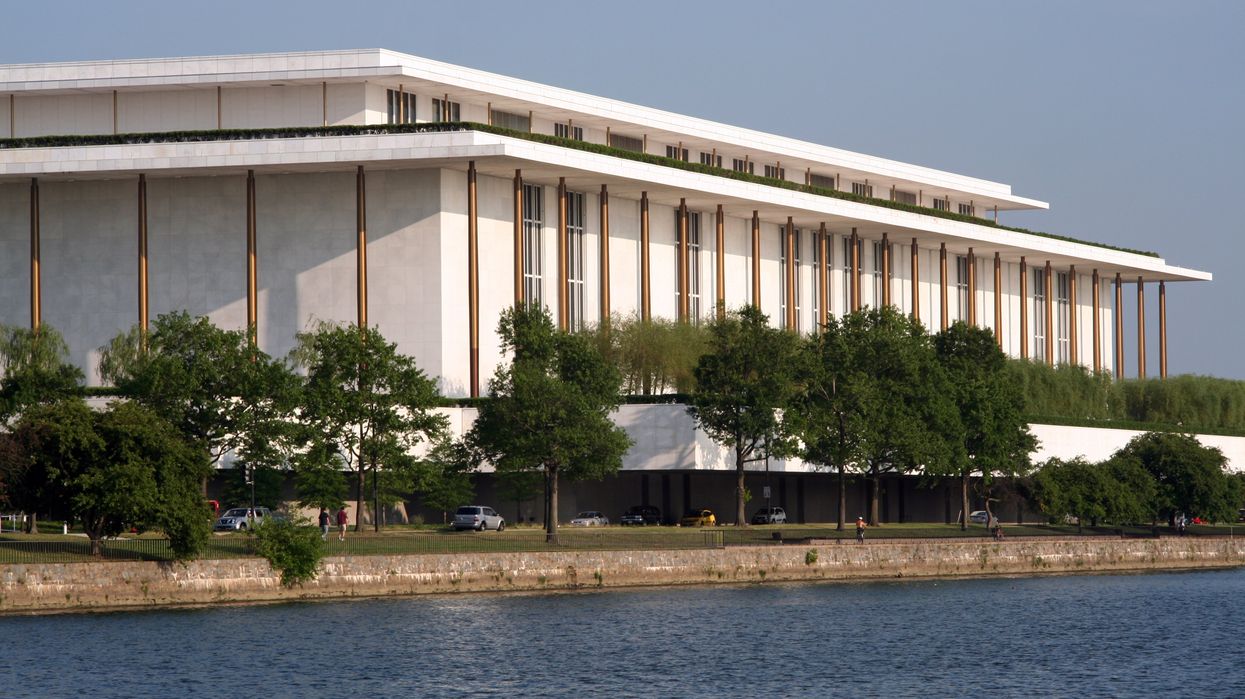Part III: Institutions
It may come as a surprise in these polarized times to learn that most Americans – on both the left and the right – agree that our system of separation of powers is laudable. Celebrated, in fact. We may distrust our political officials; we may even express deep cynicism about the entire political circus in Washington. However, we still admire the institutional structure that James Madison and his colleagues put in place when drafting the Constitution. We appreciate that there are three roughly – or supposedly – coequal branches. And we like that checks and balances are built into the country’s constitutional design.
There are several reasons for this mostly positive attitude, including a genuine sense of pride in a scheme that, for the most part, is still working. But perhaps our admiration for the country’s system of separation of powers, checks and balances, and federalism comes not from a wellspring of pride but from the simple fact that Americans have no exposure to other governing models. Most of us haven’t lived under a parliamentary system, or an oligarchy, or a monarchy—well, at least in the last 249 years. Most of us haven’t even experienced a unicameral legislature.
Which raises the question: would Americans embrace a different institutional structure if given the chance?
The answer is…it depends. And that is what makes this experiment in generational constitution-making so exciting. It turns out that different generations prefer different political configurations. Similar to preambles, our study of AI-spawned constitutions across various living generations reveals that support for traditional institutions among older Americans diminishes among younger inhabitants. The familiar three-branch system preferred by those who grew up during the World Wars morphs into more radical and unconventional designs by generations whose worlds are defined by technology and social media.
The conclusion is clear: earlier generations, like the Greatest and the Silent, display a constitutional and political character that is decidedly more trusting of conventional political institutions. Later generations, such as Millennials, Gen Z, and the Alphas, have lost faith in the traditional institutions of American politics. If earlier generations are faithful to small-r republicanism—where citizens are more passive participants in the body politic—later generations fancy more small-d democracy, especially direct democracy, where citizens have a greater tangible role in the outcome of policymaking.
Consider the disparity between the Greatest Generation (1901-1924) and the Alpha Generation (2013-2025). Based on its ChatGPT constitution, America’s oldest living generation – the Greatest Generation – prefers the status quo: a bicameral legislature comprising a Senate and a House of Representatives; an independent federal judiciary with life-tenured judges; and a single President serving a four-year term. The political structure is not the cause of America’s problems, say members of the Greatest Generation. It’s radical individualism, egoism, a resistance to personal sacrifice, the loss of honor, and of dignity that accounts for our political futility.
America’s youngest generation, by contrast, believes the old system of government has failed us. These Alphas are not wed to any institutional norm. They would prefer a tricameral legislature, with a Senate, a House of Representatives, and a “People’s Council.” Reflecting the Alpha Generation’s overall distrust of political authority, this third house is “a direct, citizen-driven council that gathers input from all levels of society and engages in debates on key policy proposals.” It is a soapbox for the commoner, a bullhorn for the ordinary, and it acts as a bulwark against the parochial special interests of the political elite. Indeed, the “People’s Council” in the Alpha Generation Constitution is an attempt to infuse more democracy into a republic where, for too long, everyday citizens relinquished their power to unaccountable and largely disconnected representatives.
Presidents, under the Alpha Generation Constitution, serve renewable six-year terms and are elected through Ranked Choice Voting. There is a Supreme Court in the Alpha Constitution, but there are also “Regional Courts,” focused on “restorative justice and rehabilitation as alternatives to punitive measures,” and specialized “Environmental and Digital Courts.” These latter courts reflect the twin pillars of Alpha Generation’s highest priorities.
The most interesting design feature of the Alpha Constitution is the “Intergenerational Council,” an “advisory body” made up of “young people, experts in future studies, and environmental leaders,” tasked with the responsibility to “ensure the future is always represented in decisions made today.” “It has the power to review policies from the perspective of their long-term impacts on future generations.” Think Congressional Budget Office and Consumer Protection Agency, but with a broader portfolio.
Strewn throughout the clauses of the Alpha Constitution and reflected in the institutional organization of its governing bodies is a commitment to transparency, accountability, sustainability, and adaptability. Those key principles emerge from earlier generational constitutions. The Millennial Constitution (1980-1994) envisions a system of checks and balances in which citizens can “propose laws or amendments, initiate recall elections for ‘ineffective’ representatives, and bring lawsuits against government when rights are violated.” The Gen-Z Constitution (1995-2012) only permits the President a single six-year term and limits federal court judges to staggered tenures of eighteen years.
Perhaps the most novel and fascinating institutional proposal originates from the Gen Z Constitution. Its upper legislative chamber—the House of Regions—replaces our Senate. Like present Senators, the members of the House of Regions still serve six-year terms, but unlike Senators, they do not represent individual states. They represent geographical regions, and they are grouped together based on equal population. Not on artificial borders (like the states). “Regioners,” in other words, might come from America’s heartland, its Great Plains, or New England. But each set of “Regioners” will represent a similar number of constituents. One “Regioner” might represent a single borough in New York, while another might represent a massive swath of land stretching from today’s South Dakota to Idaho. The point is to emphasize representative fairness—democracy with a small-d.
Unsurprisingly, key features of the Gen Z lawmaking process include input by “public participation platforms,” where citizens can directly suggest and amend proposed laws, “citizen assemblies” that are empowered to override legislation through referenda, and a “Youth Council” of 16-25 year-olds who have a meaningful advisory role in the development of national policy. There is no hint of any of these checks in the constitutions of the standard power players in the Greatest and Silent generations, which suggests that Gen Zers are more Jeffersonian in their sensibilities.
Understanding America’s political problems requires that we recognize the distinct priorities of each generation. And that begins with acknowledging that older adults generally prefer to preserve the country’s principal institutions, the Madisonian (ne the Montesquieuan) tripartite structure where co-equal branches buttress a mostly republican polity, while younger Americans are increasingly attracted to unconventional political designs and progressively democratic institutions. That’s a sharp difference.
America is evolving. For too long, we’ve relied on old standards. It’s probably time for citizens to explore political designs that better reflect the hopes of our younger patriots.
Beau Breslin is the Joseph C. Palamountain Jr. Chair in Government at Skidmore College.
Prairie Gunnels just successfully and with honors completed her first year at Skidmore.
SUGGESTION:
Part I: Introduction
Part II: Preambles
Democracy in Action: May Retrospective
Beau spoke about the new series he's leading in the Fulcrum called “Following Jefferson: Promoting Inter-generational Understanding through Constitution-making.” "Thomas Jefferson thought that constitutions should be rewritten every generation," said Beau. "Which for him meant every 19 years, we ought to metaphorically go back to Philadelphia and rewrite the Constitution."
- YouTube youtu.be































